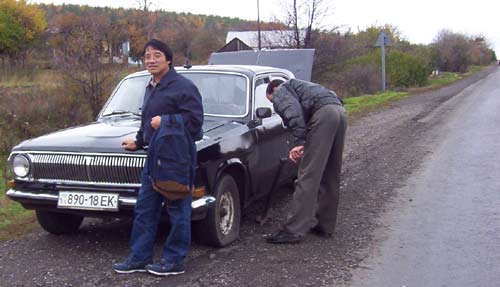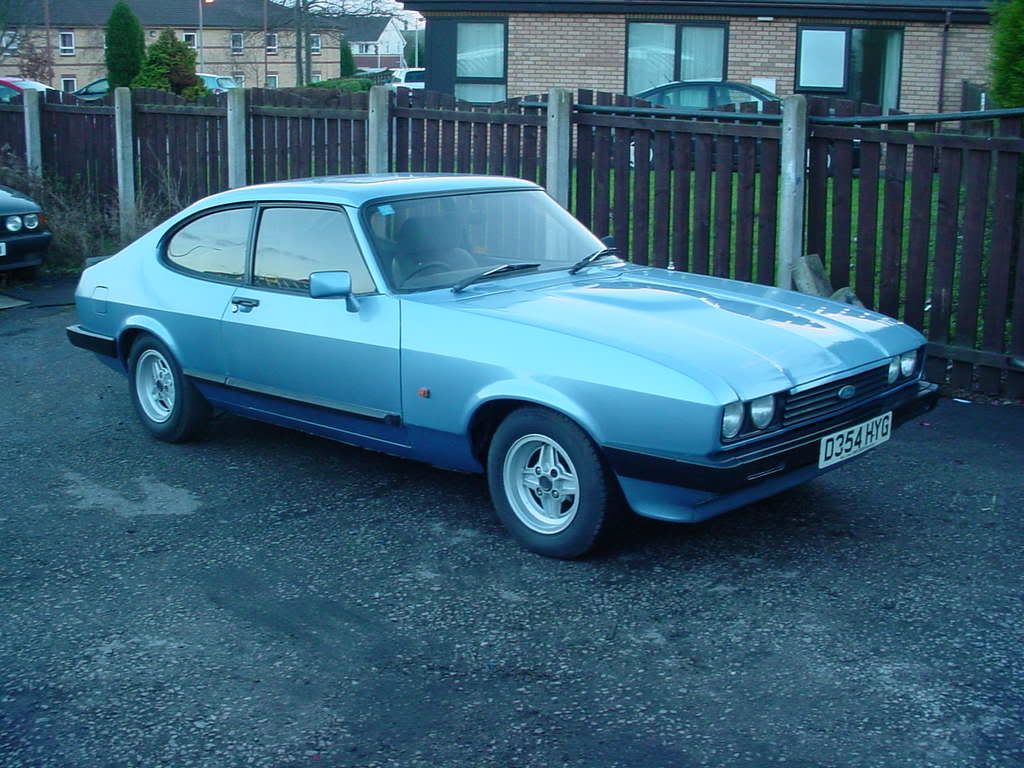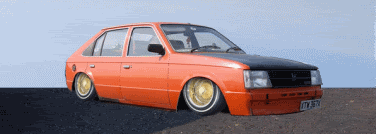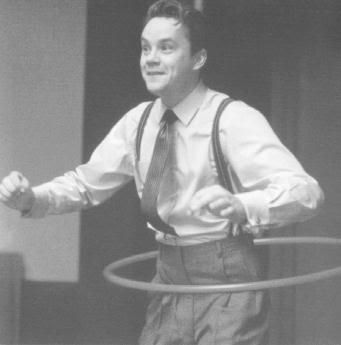Hirst
Posted a lot
   This avatar is inaccurate, I've never shaved that closely
This avatar is inaccurate, I've never shaved that closely
Posts: 3,930
|
|
May 25, 2007 19:04:16 GMT
|
This will seem like an incredibly amateurish question but I'm surprised that I can't find a good answer online so I'll leave it up to you lot to point me in the right direction. I have now fitted the new wheels to my Charmant, they're 14" with 185/55 tyres. The car is 870kg. What tyre pressure should I be running as a starting point? Thanks!  |
| |
|
|
|
|
Alain
Part of things
  Dance monkey boy, dance!
Dance monkey boy, dance!
Posts: 372
|
|
May 25, 2007 19:09:41 GMT
|
I'd say 28 PSI and see how they look...  |
| |
 '74 Type 181 - Undergoing 'resto' (albeit friggin' slowly! 2 years and counting...) Wedge Panel Van GTi (Still needs finishing) '85 Passat GL5 Estate (Now Breaking) '87 Passat GLS5 Estate (Daily Hack) |
|
Hirst
Posted a lot
   This avatar is inaccurate, I've never shaved that closely
This avatar is inaccurate, I've never shaved that closely
Posts: 3,930
|
|
May 25, 2007 20:24:44 GMT
|
|
GOOD WORK!
Works a treat.
|
| |
|
|
|
|
|
|
|
|
Standard pressures are a great starting point,then move them up or down to suit your driving style,average speed,type of road mainly driven on etc etc
|
| |
|
|
|
|
|
May 26, 2007 15:07:10 GMT
|
|
In theory the pressures shouldnt be any different, if you pump the tyre up to the standard pressures there`ll still be a different amount of air inside due to the change in volume.
A grown-up had to point this out to me, I used to think Fronteras needed like 80 psi in their tyres to fill them up. Luckily this was before I became a used car dealer.
If I cant get proper data I go by 28 front 26 rear for most things.
|
| |
|
|
sparko
Posted a lot
  
Posts: 1,627
|
|
May 26, 2007 17:44:24 GMT
|
|
What about on stretched tires?
havent got them it just popped into my head
|
| |
|
|
|
|
|
May 26, 2007 23:02:29 GMT
|
What about on stretched tires? havent got them it just popped into my head Standard pressures.  |
| |
|
|
Dez
Club Retro Rides Member
And I won't sit down. And I won't shut up. And most of all I will not grow up.
Posts: 11,790
Club RR Member Number: 34
|
|
May 26, 2007 23:14:46 GMT
|
|
not necessarily true if youre fitting wider/skinnier tyres though.
wider tyres generally need a couple of PSI less if you want em to grip in the wet.
|
| |
|
|
|
|
|
May 26, 2007 23:23:57 GMT
|
not necessarily true if youre fitting wider/skinnier tyres though. What makes you say that? The cars weight doesn't change,so the air pressure that's needed to hold it up doesn't either.....you may need to adjust a couple of psi either way like i said earlier to compensate for the stiffer sidewalls of lower profile tyres,but standard pressures are an excellent starting point and very often correct. I'm not sure what the significance of wet weather is either.....i've never heard of letting any psi out of your tyres when raining.Where did you get this info? |
| |
|
|
John
Part of things
 
Posts: 347
|
|
May 27, 2007 12:38:00 GMT
|
|
If you want to really fine tune your tyre pressures you need a temp gauge so you can measure the runner temps. It needs to be a spike so you can get 10mm into the tread.
I drove down a duel carriageway for 10 or so miles and stopped in a layby and measured the outer inner and middle temps. The average of the outer and inner should equal the middle.
If the middle is hot then its over inflated.
|
| |
|
|
|
|
|
|
|
May 27, 2007 13:10:40 GMT
|
The average of the outer and inner should equal the middle. I guess that calculation is to compensate for a hot inner edge due to -ve camber? |
| |
|
|
John
Part of things
 
Posts: 347
|
|
May 27, 2007 17:18:18 GMT
|
The average of the outer and inner should equal the middle. I guess that calculation is to compensate for a hot inner edge due to -ve camber? Yes. |
| |
|
|
Rob
Posted a lot
   You know, for kids!
You know, for kids!
Posts: 2,515
|
|
|
|
If you want to really fine tune your tyre pressures you need a temp gauge so you can measure the runner temps. It needs to be a spike so you can get 10mm into the tread. I drove down a duel carriageway for 10 or so miles and stopped in a layby and measured the outer inner and middle temps. The average of the outer and inner should equal the middle. If the middle is hot then its over inflated.  seems 100% logical - mind boggling to a 'i'll see where they wear' person like me ... |
| |
|
|
bstardchild
Club Retro Rides Member
Posts: 14,967
Club RR Member Number: 71
|
|
May 28, 2007 10:44:55 GMT
|
If you want to really fine tune your tyre pressures you need a temp gauge so you can measure the runner temps. It needs to be a spike so you can get 10mm into the tread. I drove down a duel carriageway for 10 or so miles and stopped in a layby and measured the outer inner and middle temps. The average of the outer and inner should equal the middle. If the middle is hot then its over inflated.  seems 100% logical - mind boggling to a 'i'll see where they wear' person like me ... I can agree with that All I've ever done is checked the tyres really often and assessed the wear rate accross the tyre over a short period and then adjusted the pressures till I've been happy Not unusual to find pressure changes of up to 5psi required on different makes of the same size tyre On a Senny 205/65 15 with uniroyal 540's I had to run slightly above manufactures pressures (I think due to soft side walls) with pirelli's I had to go down a couple psi |
| |
|
|
|
|
|
|
|
|
On a number of cars I've had the manufacturer recommends different tyre pressure for different sized tyre options. Only by a couple of PSI mind but still...
|
| |
1941 Wolseley Not Rod - 1956 Humber Hawk - 1957 Daimler Conquest - 1966 Buick LeSabre - 1968 Plymouth Sport Fury - 1968 Ford Galaxie - 1969 Ford Country Squire - 1969 Mercury Marquis - 1970 Morris Minor - 1970 Buick Skylark - 1970 Ford Galaxie - 1971 Ford Galaxie - 1976 Continental Mark IV - 1976 Ford Capri - 1994 Ford Fiesta
|
|



















 seems 100% logical - mind boggling to a 'i'll see where they wear' person like me ...
seems 100% logical - mind boggling to a 'i'll see where they wear' person like me ... 
